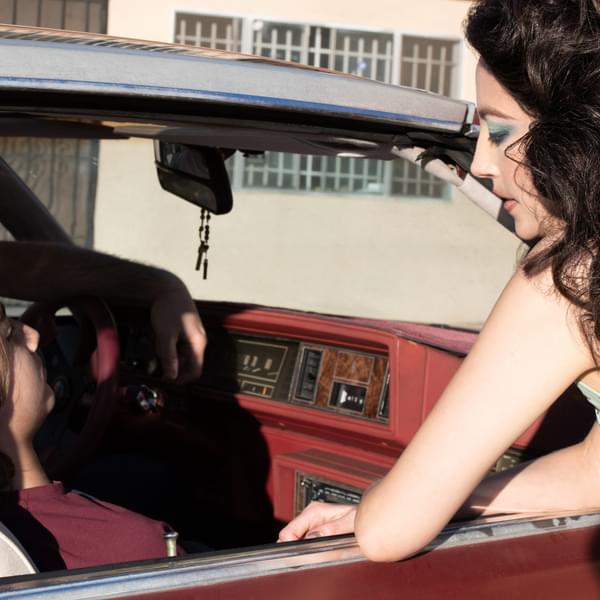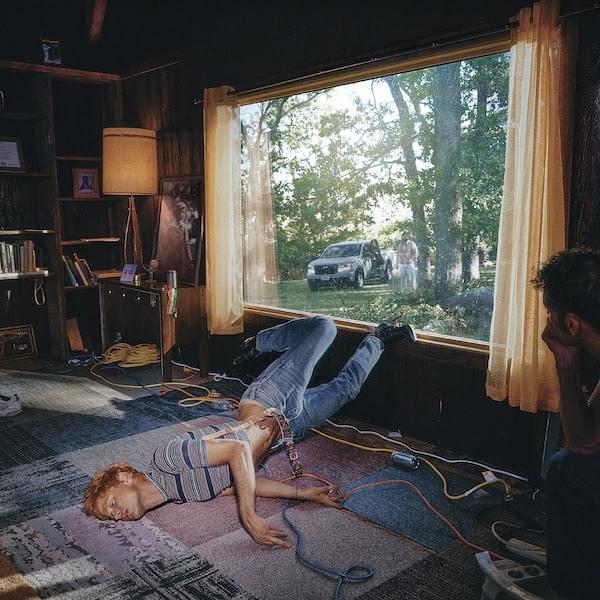Richard Dawson struggles to transcend on End of the Middle
"End of the Middle"

Richard Dawson’s End of the Middle is an album of character studies set in today’s Britain, telling stories of hope and opportunity dashed for reasons that do not possess romance.
A sensitivity to such stories, a willingness to turn his attention to these underrepresented corners of British life – vacant stares, tacky furniture, daytime TV – is an established strength of Dawson’s songwriting. This album, however, does not represent the best of his observational work, and often finds him seeming to repeat himself in the mission to write the same song over and over.
Richard Dawson is one of the most original composers in British music today, improbable and ambitious at the micro level of line-to-line structures as well as on the scale of a full song. His music evolves folk idiom into his own idiosyncratic style, lyrics growing naturally around the peculiarities of the electric guitar. This ability is manifest on End of the Middle, but in its repetitious treatment of similar subjects the conviction of his forms feels lacking.
The entrenchment of motifs across a record is often something that weaves an album together, but what we experience here ends up as more of a blurring between specific songs. The repetition of domestic imagery and daytime TV name-checks in opening songs "Bolt" and "Gondola" creates a transition not unlike the slide between Lorraine and This Morning on ITV1. There is a vividness to Dawson’s observations, which at points make for a worthy documentation of the left behind of post-Fordist Britain (see especially "The question" and "Removals Van"), but at others feel over-rehearsed and predictable. Too often, the record lacks the transformative power songwriting can achieve, serving only an honest realism.
‘The question’ is the track with which this album really gets going. Unlike the rest of the record, it transcends daily life, undercutting it with a ghost story that imbues its mundane details with a richer meaning. The narrative, which swells along with a brilliantly spiralling, hand drawn guitar riff, tells of a woman haunted by visions of a stationmasters ghost, whose titular question is “Where are you going?” Though a fantastical diversion, the song is in keeping with this albums realist motif of lost opportunities in modern Britain, the stationmaster, as it is revealed, being a victim of de-industrialisation, who worked on a line long since closed down. His question crystallises his position as a being a victim of History but also challenges the validity of such a future which has limited its own possibilities. (A worthy point of diversion here is Gareth Dennis’ new book How Railways Will Fix The Future, which argues the case for future expansion of railways for the common good). In its synthesis of the fantastic with the mundane (the ghost narrative cuts to an account of the woman leaving for Cambridge University and then going onto the LSE), this song reveals the weakness of the more sober realism of the writing elsewhere on the album.
"Boxing Day Sales" and "Knot" are two more strong tracks in their own right, though their parallels of technique and meaning causes further elision of expression. In the former, two customers shelter from a hailstorm and, “over a scone”, one asks of the other’s daughter, “Is Ellie still tap-dancing?” a moment encapsulating existential dread such desultory conversation can inspire. In the latter, a similar juxtaposition is established with more intent, this time at a wedding scene, drawn with several clever flashes, the pick of which may well be, “How have you been getting on? / Sausage rolls and vol-au-vents”. Both songs are good expressions of a similar feeling, but placed together, they give away each other’s secrets.
Ultimately, our feelings about this record must be decided by what we want from the album form. End of the Middle collects several well-executed compositions, packed with insightful lyrics and unpredictable musical sections. Though there are some weaker pieces, all of the songs bear witness to certain experiences that are not conventionally represented in song and serve as an interesting documentation of our present. If, however, we look to an album as a complete artistic statement, we do not quite find it here because so many tracks double back on scenes, images and themes already addressed elsewhere. Perhaps we should instead see them more like paintings made in a similar period, with ideas organically cannibalised from one work to another. As a curated sequence of tracks, however, this arrangement feels ultimately unsatisfying. There is a poetry to the mundanity that serves as Dawson’s subject matter, which he draws out in its best moments. At others, however, his writing gets mired in merely setting down dutifully that which lies before us.
Get the Best Fit take on the week in music direct to your inbox every Friday

Great Grandpa
Patience, Moonbeam

Deafheaven
Lonely People With Power

Perfume Genius
Glory





